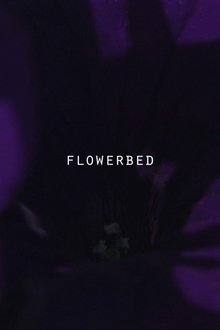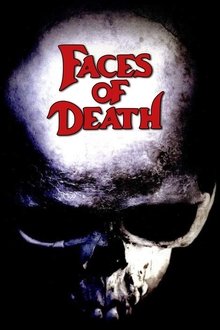In the mountains of Córdoba hides a historical scar. In 1575, hundreds of Hênia-Kâmîare women, children and elders jumped off in order to avoid slavery. A free, poetic view at the very place where the largest mass suicide in the history of the territory known today as Argentina took place. The film is a phantasmagoric trip within this geographical extension, taking it as a vast, green cemetery.
Related Movies
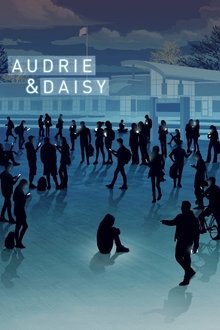
Audrie & Daisy (2016)
A documentary film about three cases of rape, that includes the stories of two American high school students, Audrie Pott and Daisy Coleman. At the time of the sexual assaults, Pott was 15 and Coleman was 14 years old. After the assaults, the victims and their families were subjected to abuse and cyberbullying.
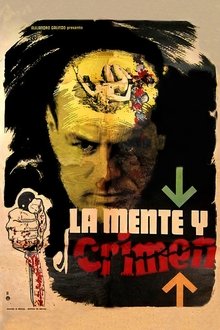
The Mind and the Crime (1961)
The discovery of a human torso thrown into a waterway, leads the viewer to observe the work of modern criminology and the task of special agents to track and record the psychopath's mentality through the elucidation of techniques present in the reality of the police investigation.
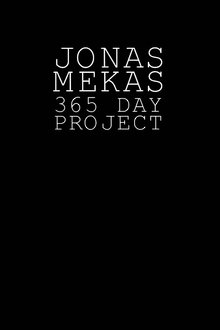
365 Day Project (2007)
This exhibition focuses on Jonas Mekas’ 365 Day Project, a succession of films and videos in calendar form. Every day as of January 1st, 2007 and for an entire year, as indicated in the title, a large public (the artist's friends, as well as unknowns) were invited to view a diary of short films of various lengths (from one to twenty minutes) on the Internet. A movie was posted each day, adding to the previously posted pieces, resulting altogether in nearly thirty-eight hours of moving images.
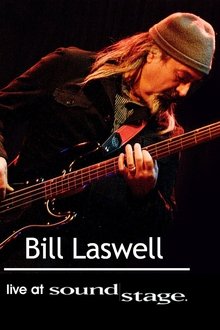
Bill Laswell - World Beat Sound System: Live at Soundstage (2006)
Throughout three decades, Bill Laswell has been a constant innovator, fusing seemingly disparate genres into a whole new sound. Touching upon everything from worldbeat, funk, rock, hip-hop and jazz, there are no limits to his experimental approach. Among his many talents is his ability to bring together well-matched singers and players to create a distinct style that defies easy classification. His Soundstage episode embodies his unique approach, transcending any genre boundaries and delivering an engaging performance. From the World Beat of Tabla Beat Science, to the jazzy flavors of Pharoah Sanders backed by Material, it’s an exciting mix. Other surprises include a rocking Buckethead set that includes a little breakdancing and songs by Praxis. The show culminates with an all-star performance, funked up by Bootsy Collins.

Man with a Movie Camera (1929)
A cameraman wanders around with a camera slung over his shoulder, documenting urban life with dazzling inventiveness.
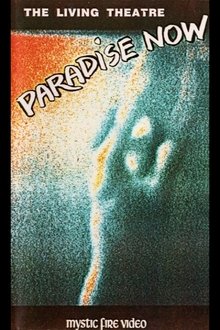
Paradise Now (1970)
At least forty films have been made about the Living Theatre; it remained to the American underground filmmaker Sheldon Rochlin (previously responsible for the marvellous Vali) to make the 'definitive' film about one of the most famous of their works, Paradise Now, shot in Brussels and at the Berlin Sportpalast. Made on videotape, with expressionist colouring 'injected' by electronic means, this emerges as a hypnotic transmutation of a theatrical event into poetic cinema, capturing the ambiance and frenzy of the original. No documentary record could have done it justice.
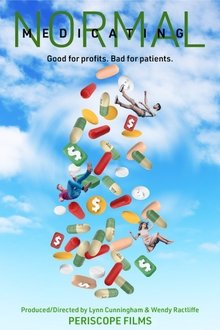
Medicating Normal (2020)
One in five Americans is taking a psychiatric drug, including millions of children. Pharmaceutical companies have over-hyped the benefits of these drugs, while hiding the risks and severe side effects including physiological dependence. "Medicating Normal" explores what happens when for- profit medicine intersects with human beings in distress.
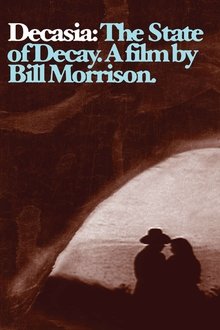
Decasia: The State of Decay (2002)
A meditation on the human quest to transcend physicality, constructed from decaying archival footage and set to an original symphonic score.
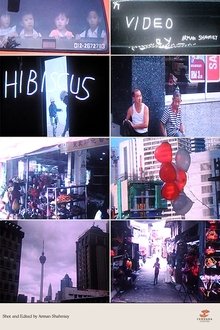
Hibiscus (2019)
'Hibiscus' highlights the city's hidden beauty and the warmth of its people that may go by unnoticed on a daily basis but are beautiful reminders to appreciate.
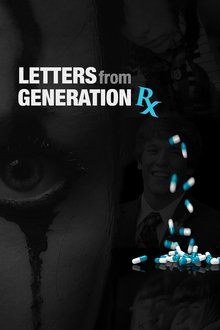
Letters from Generation Rx (2017)
As a result of the 2008 documentary"Generation Rx," thousands of people wrote director Kevin P. Miller to share their experiences on psychiatric drugs. Miller combines their gripping tales with the latest mental health research, science, and medical health perspectives.
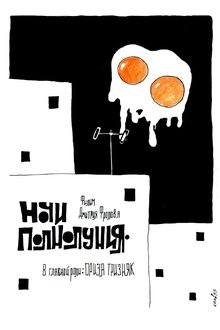
The Bigmoon Nights (1991)
The film "Nights full moon" shows the tendency of moral decay in society. The main character is torn apart by internal contradictions, leading him to the path of Evil. Bans on self-identification - philosophical, existential, sexual, and then permissiveness spawn a monster that is not aware of its true nature and genuine desires. Throughout the film-trilogy, the protagonist goes through a series of temptations that ruin his soul and lead, after all, to a madhouse. In a general sense, the film allegorically shows the tragic path of the Russian lumpen intellectual, lost between the past and the present, not finding the strength to accept and comprehend the unexpected changes that happened in our country twenty years ago. In the global sense - the tragic circle of Russian history.

The Bridge (2006)
The Bridge is a controversial documentary that shows people jumping to their death from the Golden Gate Bridge in San Francisco - the world's most popular suicide destination. Interviews with the victims' loved ones describe their lives and mental health.
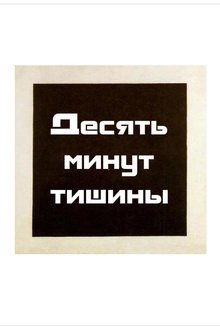
Ten Minutes of Silence (1997)
The mute documentary-experimental film "Ten Minutes of Silence" is a film expression of the trends embodied in the painting "Black Square" by Malevich and J. Cage in music.
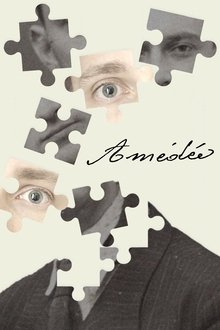
Amédée (2024)
In 1952, Amédée took his own life by jumping into the Seine. No one knows the reason for this tragic act. His story comes to us in bits and pieces.
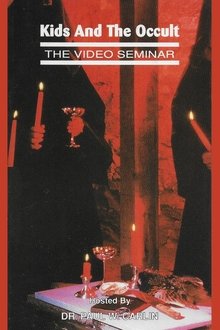
Kids And The Occult (1994)
Something is happening. It is happening nationally and locally. It is an ideology that manifests itself in graveyard desecrations, animal mutilations, human sacrifices and suicide. It categorically involves drug/ alcohol abuse, pornography, sexual perversion, physical/mental abuse, heavy metal music and drinking blood. And it is highly organized. Satanic/Occult organizations (churches) have corporate charters, own buildings, maintain national/ international computer networks, publish magazines/newsletters and hire professional public relations firms to polish their public image. It is both generational and self-styled. Some groups are esoteric while others are pantheistic.
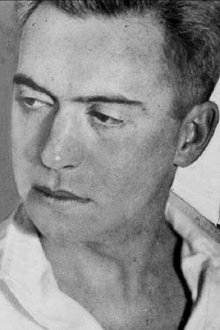
Hart Crane: An Exegesis (2012)
James Franco interviews three experts on the poet Hart Crane, whose life was the subject of his feature The Broken Tower (2011).
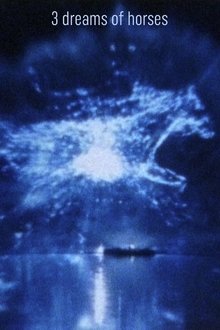
3 Dreams of Horses (2017)
Film is made out of gelatin that comes from horses. They’re waiting to be slaughtered, so that pictures can be made. Many years ago we learned the language of our masters. Though we couldn’t help wondering why so few of you bothered to learn ours. Three scenes featuring horses, remembering Jacinto. The first is a daytime forest haunting that winds up at a carousel, the second a rainy street in Portugal, the finale a nighttime vigil of fire and water.
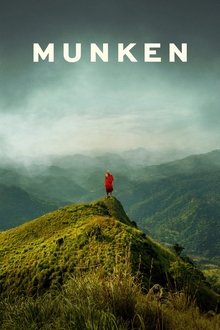
The monk (2023)
When Danish filmmakers Mira Jargil and Christian Sønderby Jepsen try to find balance in their stressful lives, they seek guidance from a renowned Danish HIV researcher turned monk deep in the mountains of Sri Lanka. But their filming process goes differently than expected. When they hear that the renowned Danish doctor and HIV scientist Jan Erik Hansen has burned all boats to live as a Buddhist monk on a mountain in Sri Lanka, the two Danish documentary makers Mira Jargil and Christian Sønderby Jepsen decide to make a film about him. to make. Jan Erik Hansen, as monk Bhante, has become an important voice in the Buddhist community. He has a YouTube channel with many followers, and people from all over the world ask him their life questions. The film project ends unexpectedly when the monk and the filmmakers appear to have different ideas about the film.
